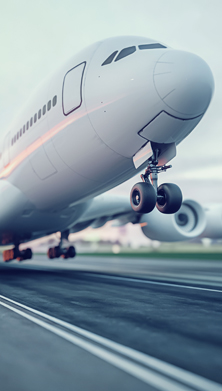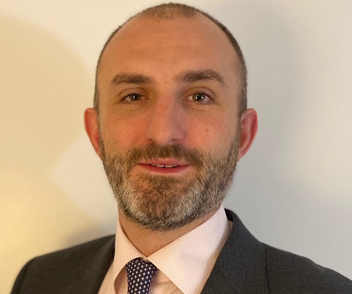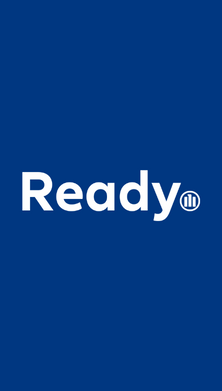Fast-forward several years and that young engineer, Hannan Parvizian, is CEO and co-founder, with Wesley Zang, of Volansi Systems, a California start-up desiring to “free the world from the limits of infrastructure” by flying critical parts or medicines to wherever or whenever they’re needed using small commercial drones.
Volansi’s first test-flight to deliver temperature-controlled vaccines or other medicines occurred in Lugano, Switzerland, in 2017. Two other flights in Puerto Rico in late 2018 – a year after Hurricane Maria – and in the Bahamas and North Carolina after Hurricane Dorian helped the project team refine the technology over varied terrain and water. Other successful tests were held in Singapore in 2019. Regular delivery operations of parts and medicine in Africa have already begun, as the widespread use of cellphone technology and lack of consistent regulations have seen drone technology flourish.
In the US, where the Federal Aviation Administration (FAA) has registered more than 1 million drones, regulations limit them to daytime flights within the ‘visual line of sight’ (VLOS) of the pilot – and not over people. Disaster relief provides a strong rationale for exempting drones from restrictions after catastrophic events. Beyond line-of-sight technology (BVLOS) will need to be permitted for Volansi to begin commercial flights in most countries.
How does it work?
Missing parts often result in substantial losses due to production delays, so remote drone delivery makes sense.
When a mine or oil rig needs a missing part or a doctor or hospital needs vital medical equipment, staff can virtually communicate with a ground operations team in California – or anywhere with cellphone technology – to send a drone with up to 20 pounds of supplies real-time, in a temperature-controlled smart-box either landing nearby or, if infrastructure is destroyed, by parachute.
Upon landing, aid workers retrieve the supplies. Once the smart-box is opened, the operations team is notified so the drone can be brought back, recharged and resupplied for another mission.
“AGCS is proud to provide liability and research and development insurance cover to Volansi Systems and to assist their future growth with other insurance products,” said Adam Johnson, Underwriter, Aviation North America at AGCS.
“As BVLOS operations ramp-up and are regulated, we think Volansi can be a substantial operator in this market space.”















